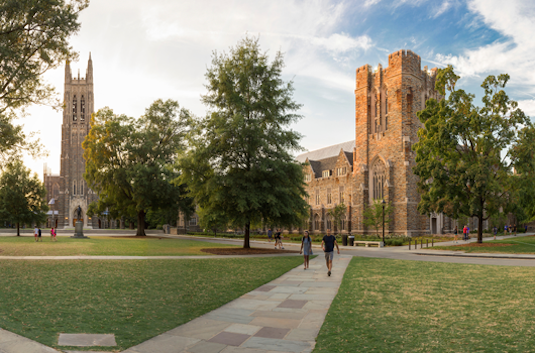Geometry in Wasserstein Space: Geodesics, Gradients, and Curvature, from an Eulerian Point of View

The optimal transportation problem defines a notion of distance in the space of probability measures over a manifold, the *Wasserstein space*. In his 1994 Ph.D. thesis, McCann discovered that this space is a length space: the distance between probability measures is given by the length of minimizing geodesics called *displacement interpolants*. A surprising number of important functionals in physics and geometry turned out to be geodesically convex. In contrast with classical function spaces, the Wasserstein space is not a linear space, but rather an infinite-dimensional analogue of a Riemannian manifold. This analogy has motivated new functional inequalities and new methods for studying evolution equations; however, it has rarely been used in rigorous proofs. I will describe recent work with Benjamin Schachter on differentiating functionals (such as the entropy or the Dirichlet integral) along displacement interpolants. Starting from an Eulerian formulation for the underlying optimal transportation problem, we take advantage of the system of transport equations to compute derivatives of arbitrary order, for probability densities that need not be smooth.







